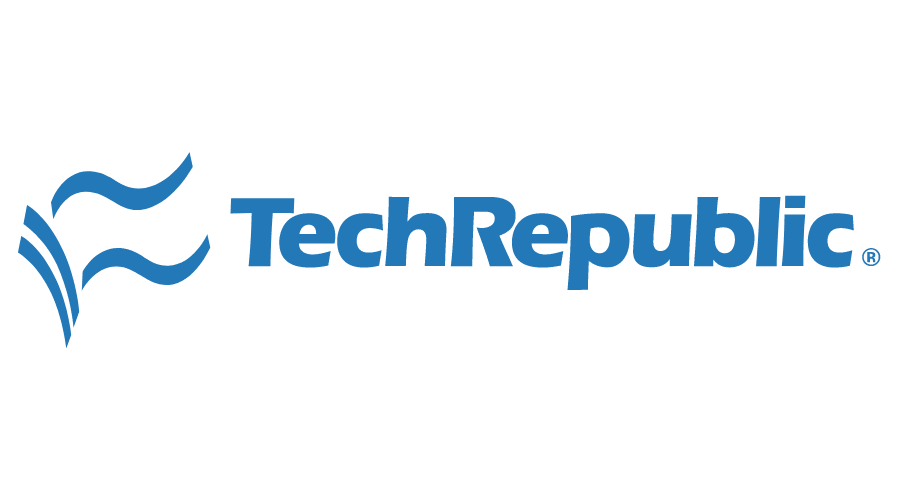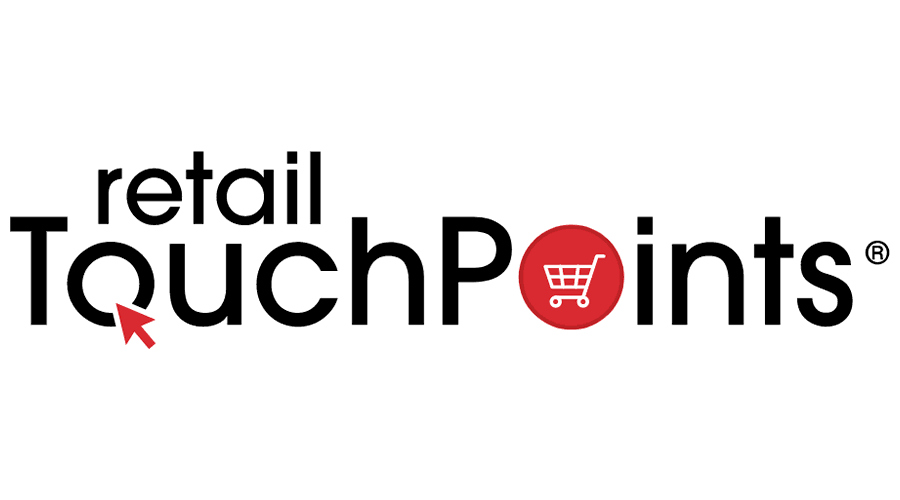The following is a contributed op-ed written by Andrew Stevens, a senior director analyst in Gartner’s supply chain practice. Opinions are the author’s own.
The coronavirus pandemic has put supply chains around the world under pressure. Even when airports close and suppliers struggle, clients and consumers still expect to get their goods delivered. And while supply chain leaders were busy securing their networks, an additional challenge has grown in the dark: counterfeiters have leveraged an ever-present feeling of fear and uncertainty to flood the market with counterfeit products and misinformation. Their goal: Take advantage of demand and panic buying.
Why should supply chain leaders care about this? At the surface, fake and counterfeit products may not be front of mind, yet, in a climate of fear and uncertainty, they can have far-reaching consequences. Fakes undermine consumer welfare and trust, impact respected brands and can delay critical fulfillment and services.
Healthcare is just the tip of the iceberg
It is dangerous to assume that only healthcare products and related consumables are impacted by fakes and/or counterfeiting as a result of COVID-19. The pandemic is causing people to shop online more often, according to a survey conducted by Red Points. Sixty-eight percent of U.S. shoppers polled were concerned there will be more inauthentic or poor-quality products online — rightly so.
The survey further reports a spike in demand for cosmetics and personal care, food and beverage, household goods, baby products, and clothing as the top five categories. Those are the products that will be the most profitable for counterfeiters. Sometimes — as witnessed in the case of COVID-19 test kits — the fakes enter the market even quicker than the real product. Even prior to COVID-19, within the U.S., Customs and Border Protection reported that counterfeit products now cost the cosmetics industry more than $75 million annually, with personal care products topping the list for health and safety hazard seizures at 34%.
Read the full article in Supply Chain Dive.





